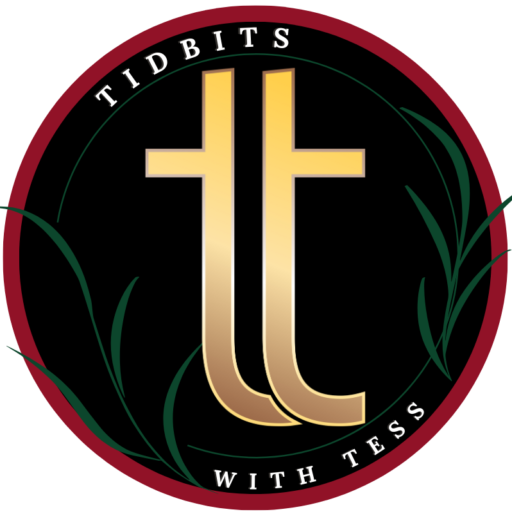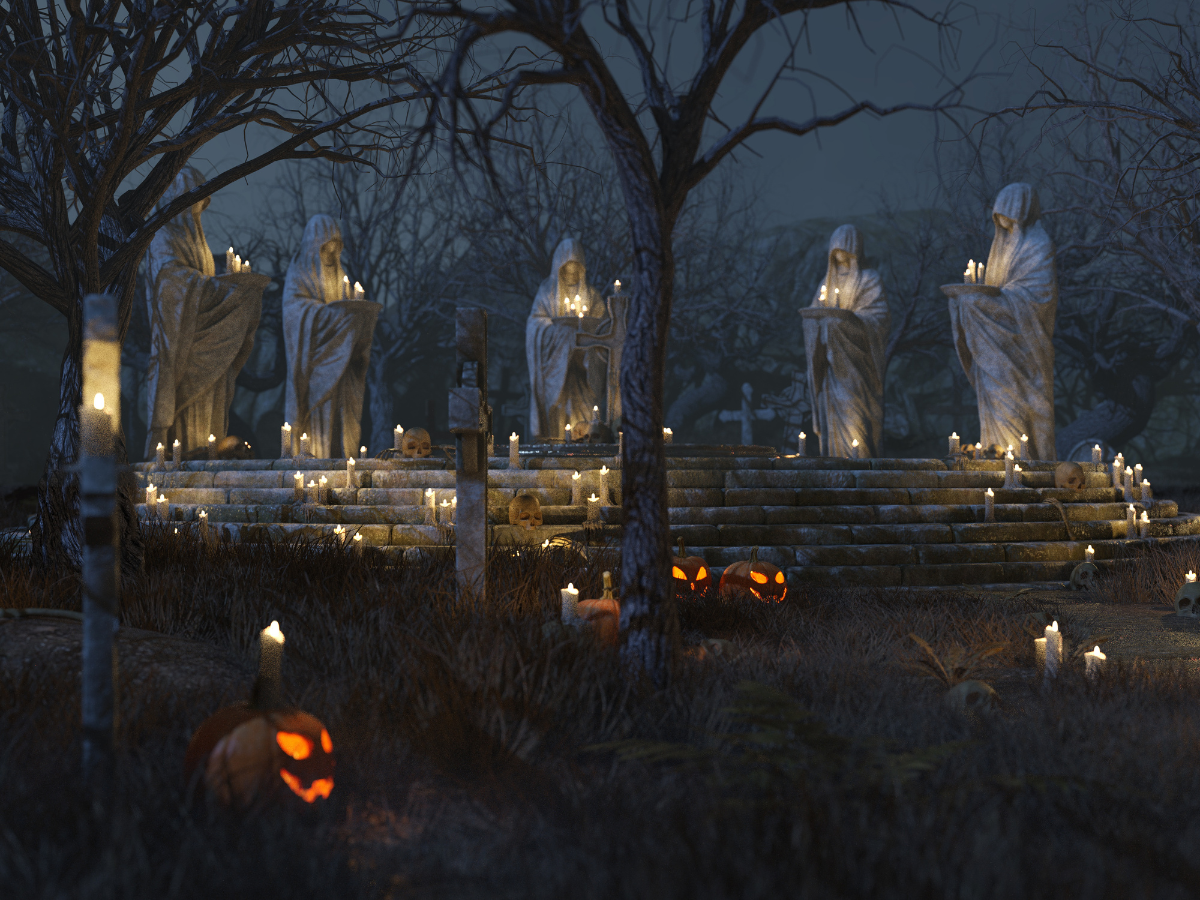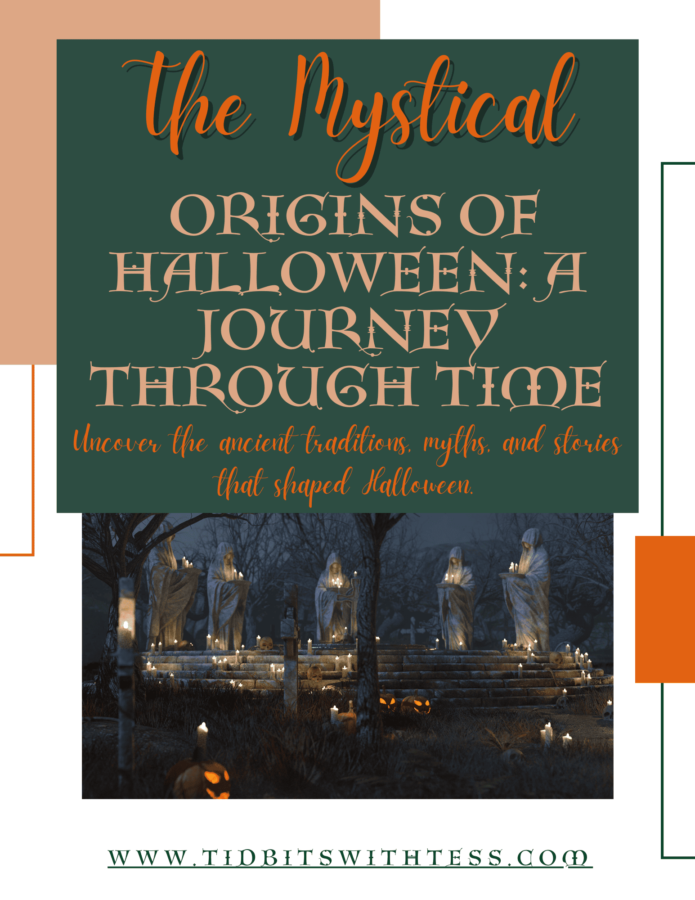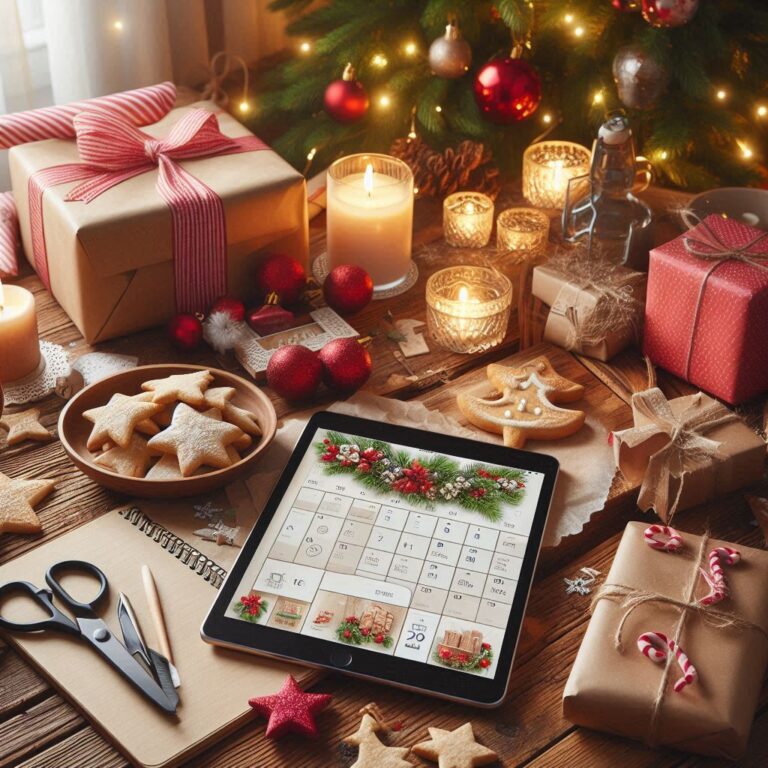Summary
Halloween’s origins trace back to ancient Celtic rituals and the mysterious festival of Samhain, a time when the veil between the living and spirit worlds thinned. People celebrated by lighting bonfires and donning costumes to ward off wandering souls. As the centuries passed, Halloween's eerie traditions traveled from Europe to America, evolving with new customs like trick-or-treating and the iconic pumpkin carvings we love today. This post dives into the enchanting folklore and legends, showing how Halloween transformed from a night of ancient rites to a globally beloved celebration filled with costumes, mystery, and candy.
As the cool autumn winds begin to swirl, and we prepare for a night of ghouls, goblins, and glowing pumpkins, it’s the perfect time to uncover the mysterious origins of Halloween. It’s a holiday filled with both light-hearted fun and centuries-old traditions. So, where does it all come from, and how did Halloween become the eerie, magical celebration we know today?
The Ancient Roots: Samhain
Halloween has its origins in the ancient Celtic festival of Samhain (pronounced “sow-in”). Celebrated around 2,000 years ago in what is now Ireland, the United Kingdom, and northern France, Samhain marked the end of the harvest and the start of the dark, cold winter. It was believed that on the night of October 31st, the boundary between the worlds of the living and the dead blurred, allowing spirits to roam the earth.
The Celts believed that the presence of otherworldly beings made it easier for Druids (Celtic priests) to predict the future. To ward off harmful spirits, people would light bonfires and wear costumes, usually made from animal skins, to confuse or scare away ghosts.
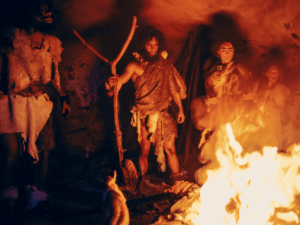
Verification Tip: If you’re interested in learning more about Samhain, check out books like “The Pagan Mysteries of Halloween” by Jean Markale or delve into academic articles that explore ancient Celtic practices. Here is the Amazon link if you are interested: https://www.amazon.com/Pagan-Mysteries-Halloween-Celebrating-Dark/dp/0892819006 I am not an affiliate and just sharing the link for your convenience.
The Spread of Christianity and “All Hallows’ Eve”
As Christianity spread through Celtic lands, the church sought to replace pagan festivals with Christian holidays. By the 9th century, Pope Gregory III moved the celebration of All Saints’ Day, a day to honor saints and martyrs, to November 1st. The night before, October 31st, became known as All Hallows’ Eve, which later evolved into “Halloween.”
Even though the festival was now Christianized, many of the traditions, such as bonfires and dressing up in costumes, persisted, blending ancient Celtic customs with Christian practices. The day became a time to honor the dead, saints, and martyrs, while still keeping a little bit of that spooky allure!Verification Tip: If you’re curious about how All Hallows’ Eve became Halloween, check out historical records like The Catholic Encyclopedia, which discusses the church’s adaptation of ancient festivals.
The Journey to America and Modern Traditions
Halloween came to America with the Irish immigrants in the 19th century, who brought their traditions of carving turnips into lanterns to scare away spirits. When these customs crossed the Atlantic, Americans found that pumpkins—which were native to North America—made for better carving, giving birth to the iconic jack-o’-lantern.
Trick-or-treating began in the U.S. during the early 20th century. It evolved from earlier European traditions where people would go from house to house offering prayers for the dead in exchange for food or money. Over time, this morphed into the fun and festive candy-seeking ritual we all love today.

Verification Tip: For those who want to dive deeper into the history of Halloween in America, books like “Trick or Treat: A History of Halloween” by Lisa Morton are a great place to start!
Why We Love Halloween Today
Halloween today is a unique mix of ancient beliefs, religious customs, and fun. It’s a night to embrace the spooky, magical, and mysterious—whether you’re watching horror movies, visiting haunted houses, or simply enjoying the thrill of dressing up. The essence of the holiday remains a celebration of the unknown and a nod to the supernatural forces that have fascinated humans for millennia.
So as you light your jack-o’-lantern and put on your costume this year, remember that you’re part of a tradition that spans centuries!

Sources for the Curious:
- The Smithsonian Magazine: “The History of Halloween”
This concise yet informative article provides an overview of Halloween’s transformation, exploring how ancient Celtic traditions have influenced modern American celebrations. Ideal for a quick yet enriching read, this piece captures the essence of Halloween’s history in a digestible format.
Link: Smithsonian Magazine - The History Channel: “Halloween Through History”
A comprehensive guide that navigates through Halloween’s history, myths, and how various countries celebrate this spooky holiday. This resource is perfect for anyone curious about the diverse customs and stories surrounding Halloween globally.
Link: History Channel - BBC’s History Extra: “The Origins of Halloween”
This detailed article explores the ancient traditions of Samhain and their lasting impact on the modern celebration of Halloween. It offers a deep dive into the customs and beliefs that have influenced how we celebrate today.
Link: BBC History Extra
For a FREE copy of my ebook to go deeper into the “Orgins of Halloween”, click HERE to request your copy!
